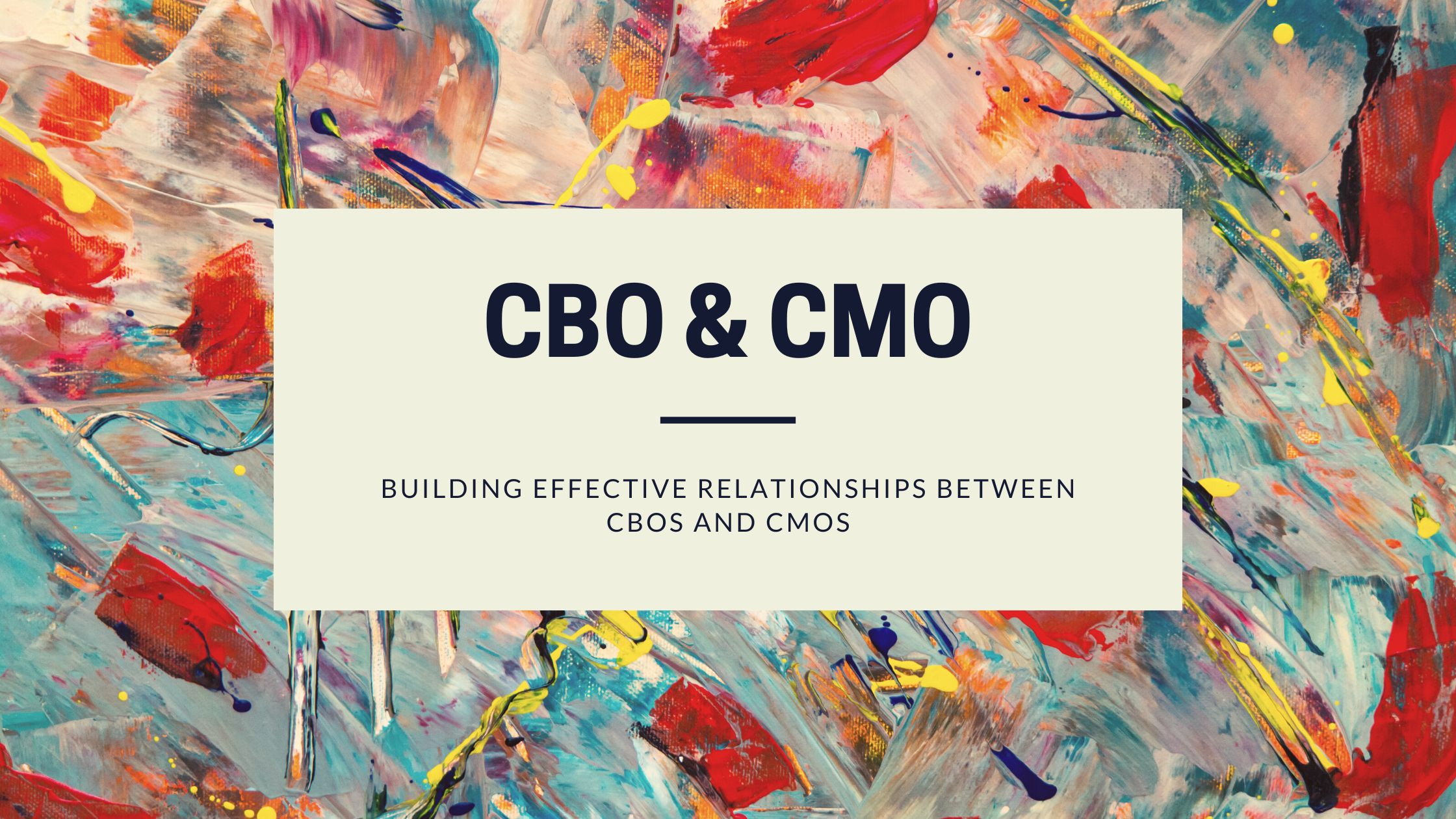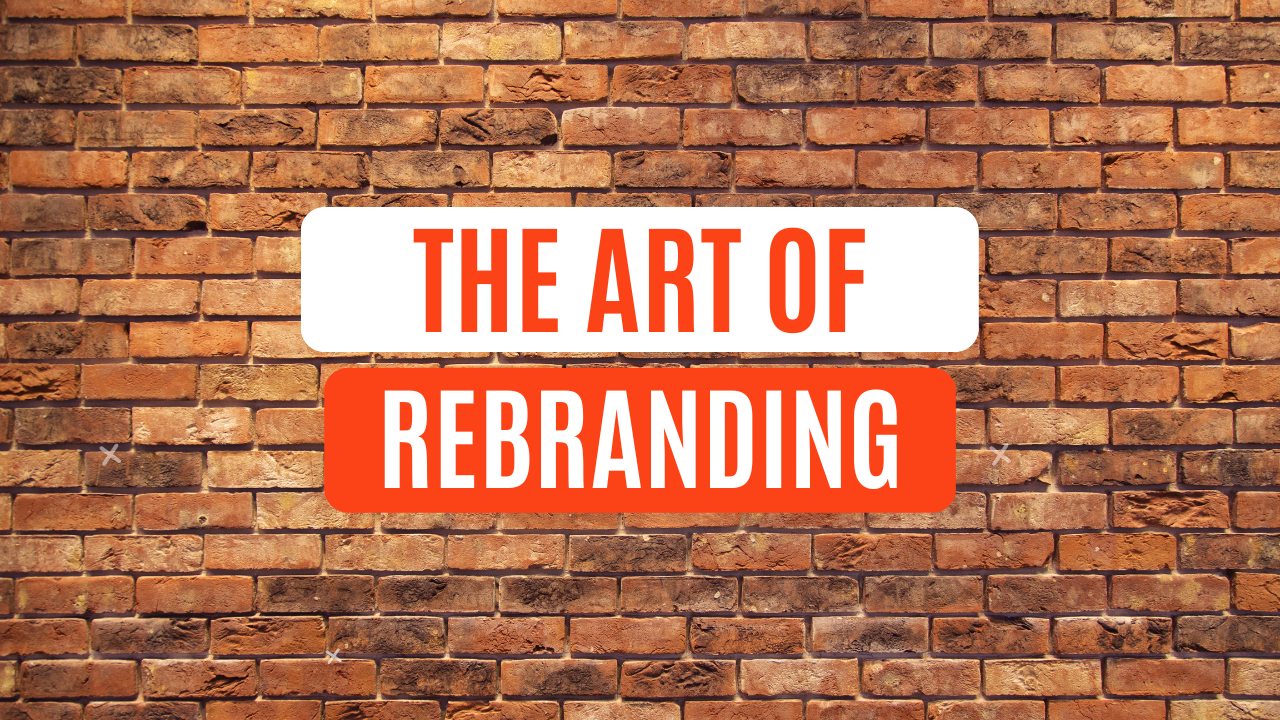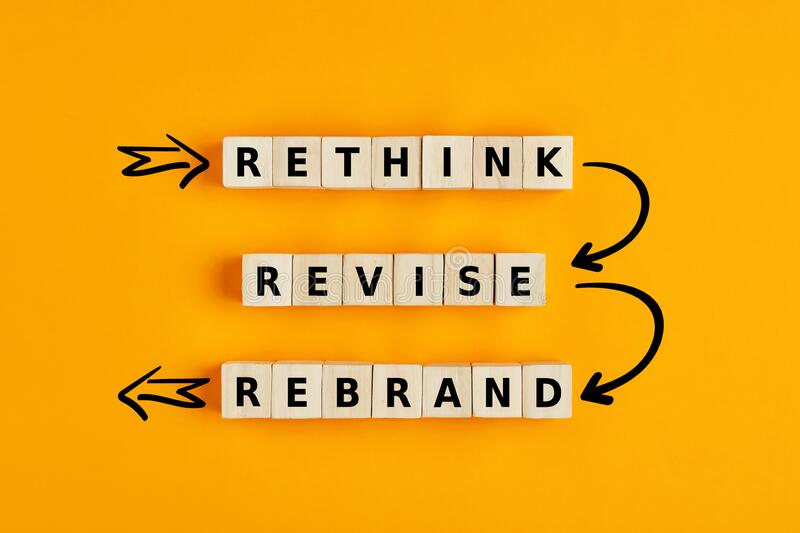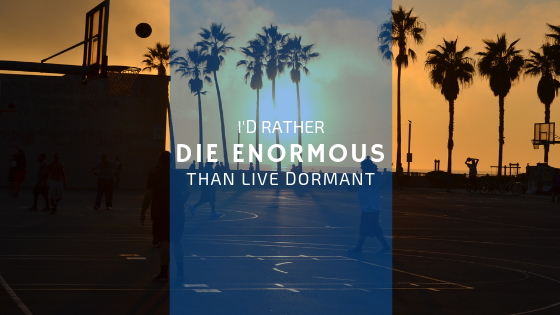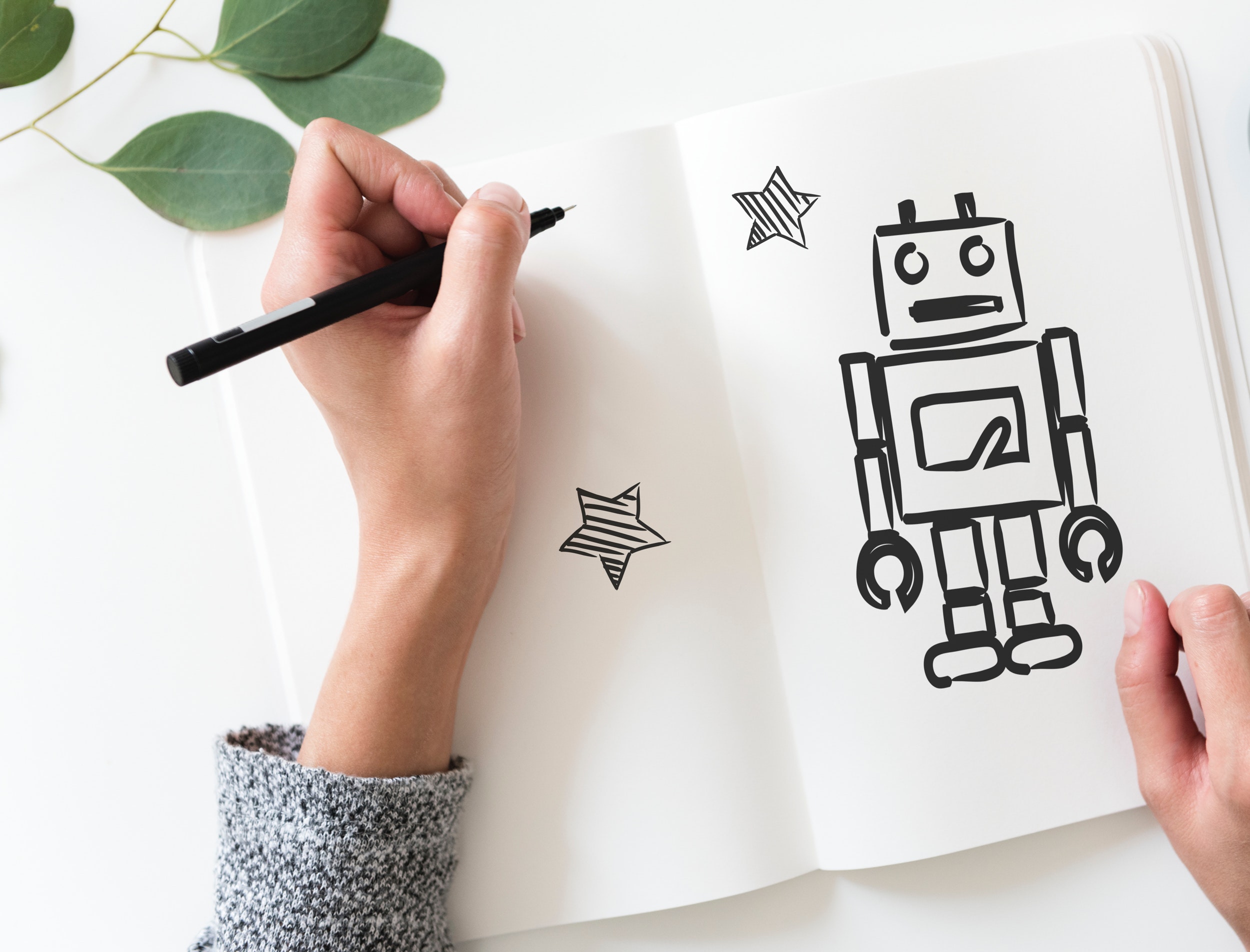As marketing becomes increasingly focused on short-term performance, there is a growing need for visionary leaders who can connect the dots, smooth the experience, and identify growth opportunities for brands on the horizon. For Chief Brand Officers (CBOs), this means taking a more holistic approach to branding and developing a brand personality and messaging that resonates with their target audience. One effective way to achieve this is by utilizing archetypes from popular culture.
Archetypes are universal symbols and patterns that have been used in storytelling for centuries. By utilizing archetypes, brands can create a unique brand narrative that speaks to their audience on an emotional level and sets their brand apart from competitors. Here are 10 culturally relevant archetypes from movies and TV shows that can be used by CBOs to develop a brand personality that resonates with target audiences:
- Nick Fury – As the leader of the Avengers, Nick Fury is responsible for bringing together a team of superheroes to fight against evil. He embodies the Chief Brand Officer archetype by using his leadership skills to build a powerful and cohesive brand that stands for justice and heroism.
- Don Draper – Don Draper from Mad Men embodies the archetype of the “creative genius.” He is a master storyteller who knows how to capture the hearts and minds of his audience with his brilliant marketing campaigns. Brands can use this archetype to develop messaging that speaks to their audience on an emotional level and create a unique brand narrative.
- Miranda Priestly – Miranda Priestly from The Devil Wears Prada represents the archetype of the “boss lady.” She is confident, authoritative, and always in control. Brands can use this archetype to convey a sense of power and professionalism that can be especially effective in industries such as finance or technology.
- Tony Stark – Tony Stark, aka Iron Man, represents the archetype of the “innovator.” He is a genius inventor who is always pushing the boundaries of what is possible. Brands can use this archetype to convey a sense of innovation and forward-thinking and to differentiate themselves from competitors.
- Leslie Knope – Leslie Knope from Parks and Recreation embodies the archetype of the “idealistic do-gooder.” She is passionate about making a positive impact on her community and never gives up on her dreams. Brands can use this archetype to convey a sense of purpose and social responsibility and to connect with audiences who value making a difference.
- Omar Little – Omar Little from The Wire represents the archetype of the “outlaw.” He is a charismatic and fearless criminal who operates outside the law. Brands can use this archetype to convey a sense of rebellion and nonconformity and to appeal to audiences who value independence and self-expression.
- Walter White – Walter White from Breaking Bad represents the archetype of the “antihero.” He is a complex and morally ambiguous character who is both sympathetic and terrifying. Brands can use this archetype to create a sense of intrigue and mystery around their brand and to appeal to audiences who value authenticity and depth.
- Buffy Summers – Buffy Summers from Buffy the Vampire Slayer represents the archetype of the “heroine.” She is brave, resourceful, and always willing to fight for what she believes in. Brands can use this archetype to create a sense of empowerment and inspiration and to appeal to audiences who value strength and courage.
- Michael Scott – Michael Scott from The Office embodies the archetype of the “clown.” He is a lovable buffoon who never fails to make his audience laugh. Brands can use this archetype to create a sense of humor and levity around their brand and to appeal to audiences who value lightheartedness and fun.
- Sheldon Cooper – Sheldon Cooper from The Big Bang Theory represents the archetype of the “genius.” He is a brilliant scientist who is always one step ahead of everyone else. Brands can use this archetype to convey a sense of intelligence and expertise and to appeal to audiences who value knowledge and mastery.
- BONUS: Olivia Pope – Olivia Pope from Scandal embodies the archetype of the “fixer.” She is a master of crisis management and always finds a way to turn things around. Brands can use this archetype to convey a sense of competence and reliability and to differentiate themselves from competitors by emphasizing their ability to solve problems.
These archetype references demonstrate how the Chief Brand Officer can be embodied by visionary leaders who use their skills and expertise to build strong and impactful brands that resonate with consumers. To use these archetypes effectively in brand strategy development, it is important to understand the unique characteristics, strengths, and weaknesses of each archetype and how they can be leveraged to build a brand narrative that resonates with target audiences.
Tips for utilizing archetypes effectively in brand strategy development:
- Choose archetypes that resonate with your target audience and align with your brand values.
- Use archetypes to guide your messaging and brand narrative, but avoid being too literal or cliché.
- Be consistent in your use of archetypes across all brand touchpoints, including advertising, social media, and website content.
- Use archetypes to differentiate your brand from competitors and create a unique brand personality.
- Don’t be afraid to mix and match archetypes or create your own unique blend that best represents your brand.
If you are interested in creating your own brand archetypes with chatGPT you can view the prompt instructions I used here.

